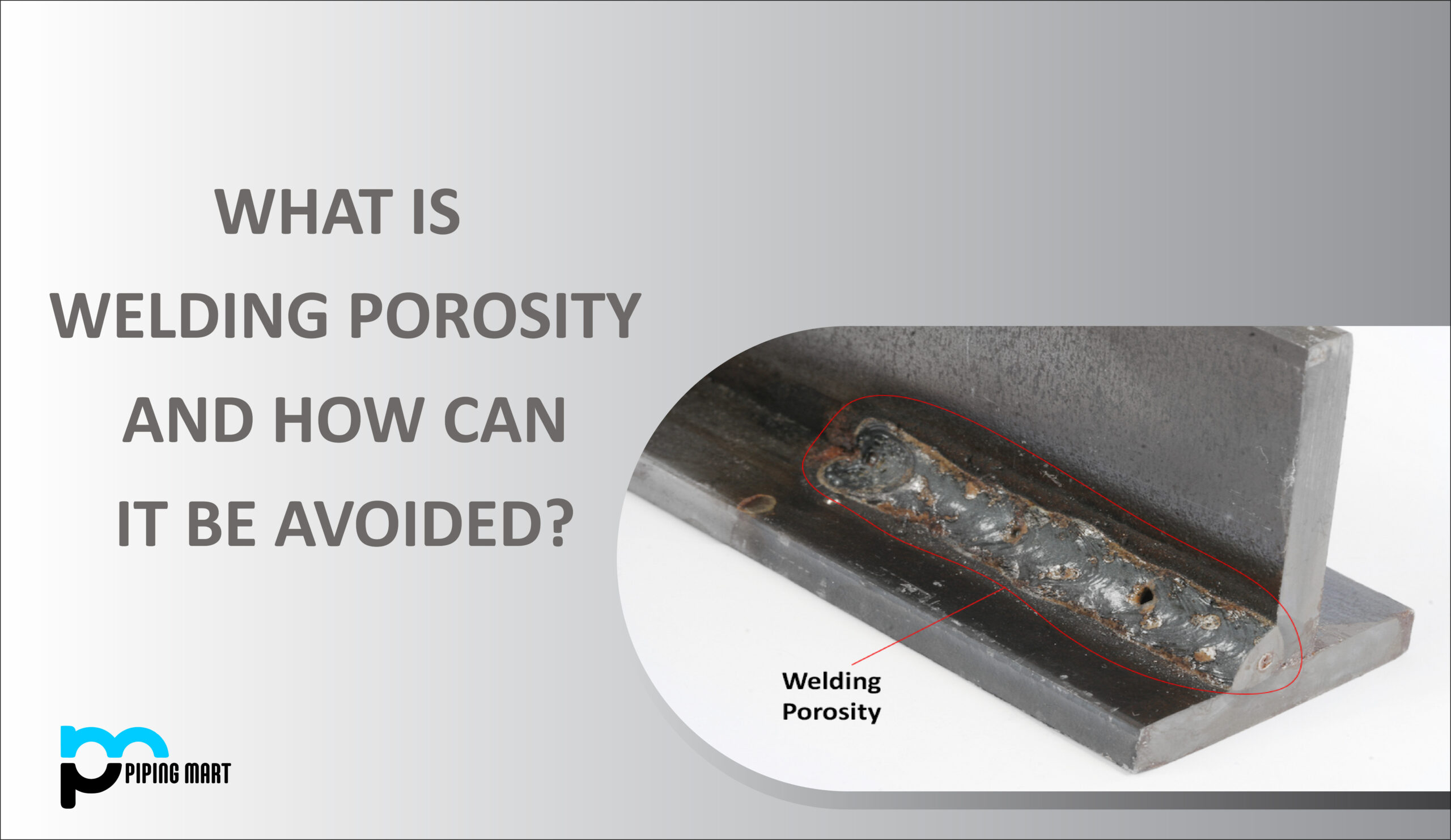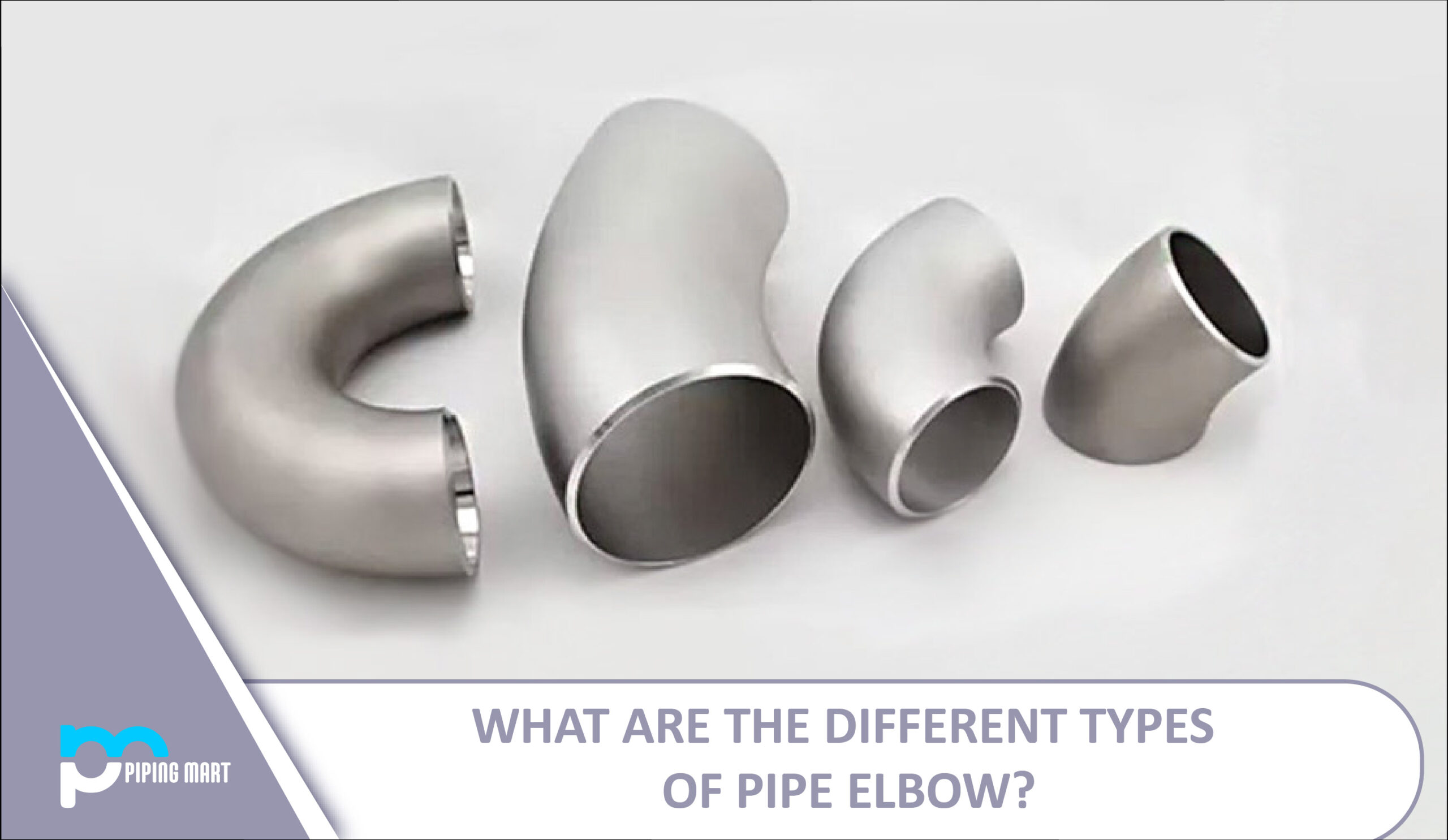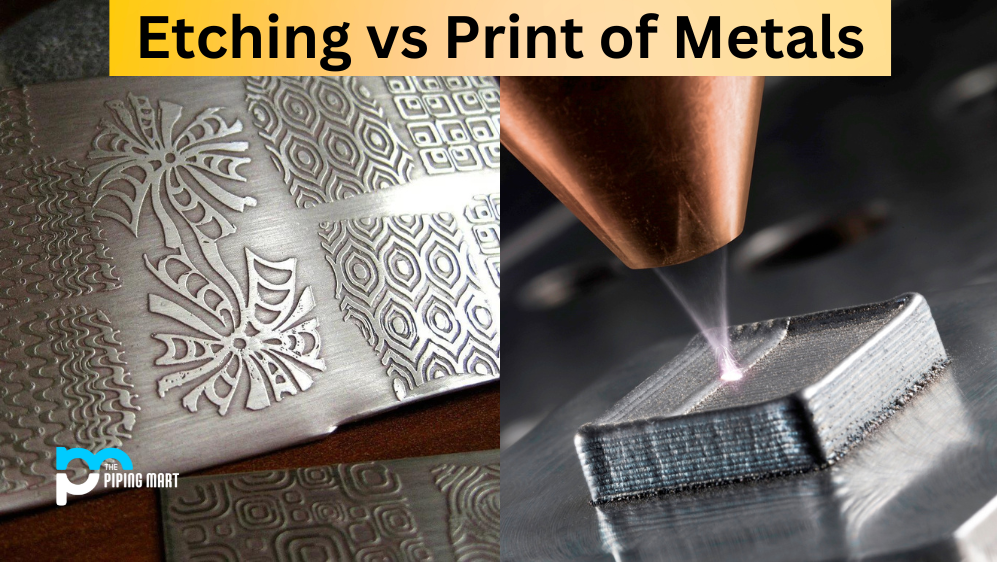Delicate pores commonly appear as distributed porosity across the weld bead. Surface-breaking pores often represent a significant degree of dispersed porosity. The molten weld pool absorbs nitrogen, oxygen, and hydrogen, which are then released during solidification and become trapped in the weld metal, which results in porosity.
Weld pool nitrogen and oxygen absorption typically result from inadequate gas shielding. Distributed porosity can be caused by as little as 1% air entrainment in the shielding gas, and substantial surface-breaking pores can be created by more than 1.5%. Porosity is frequently caused by gas line leaks, excessive gas flow rates, draughts, and excessive weld pool turbulence.
In addition to moisture from improperly dried electrodes, fluxes and workpiece surfaces can produce hydrogen. Other typical hydrogen sources include filler wire, grease, and oil on the surface of the workpiece.
When welding, surface treatments like zinc coatings and surface coatings like primer paints may produce a lot of fumes. T joints are more likely than butt joints to capture the evolved gas, especially when fillet welding is used on both sides. Low zinc primers shouldn’t need to be removed, but if the thickness exceeds the manufacturer’s recommended, porosity is likely to develop, especially when welding methods other than MMA (SMA).
Prevention of Welding Porosity
It is essential to locate and eliminate the gas source as follows:
Air entrainment
- Close any air leaks
- Prevent turbulence in weld pools
- Utilize filler that contains a suitable amount of deoxidants
- Decrease the flow of shielding gas too much
- Avoid draughts
Hydrogen
- According to the manufacturer’s instructions, dry the electrode and flux
- Degrease and clean the workpiece’s surface
Surface Coatings
- Before welding, immediately clean the joint edges
- Verify the weldable primer is not thicker than the advised maximum thickness

Pipingmart is B2B portal specializes in industrial, metal and piping products. Also, share latest information and news related to products, materials and different types grades to help business dealing in this industry.




